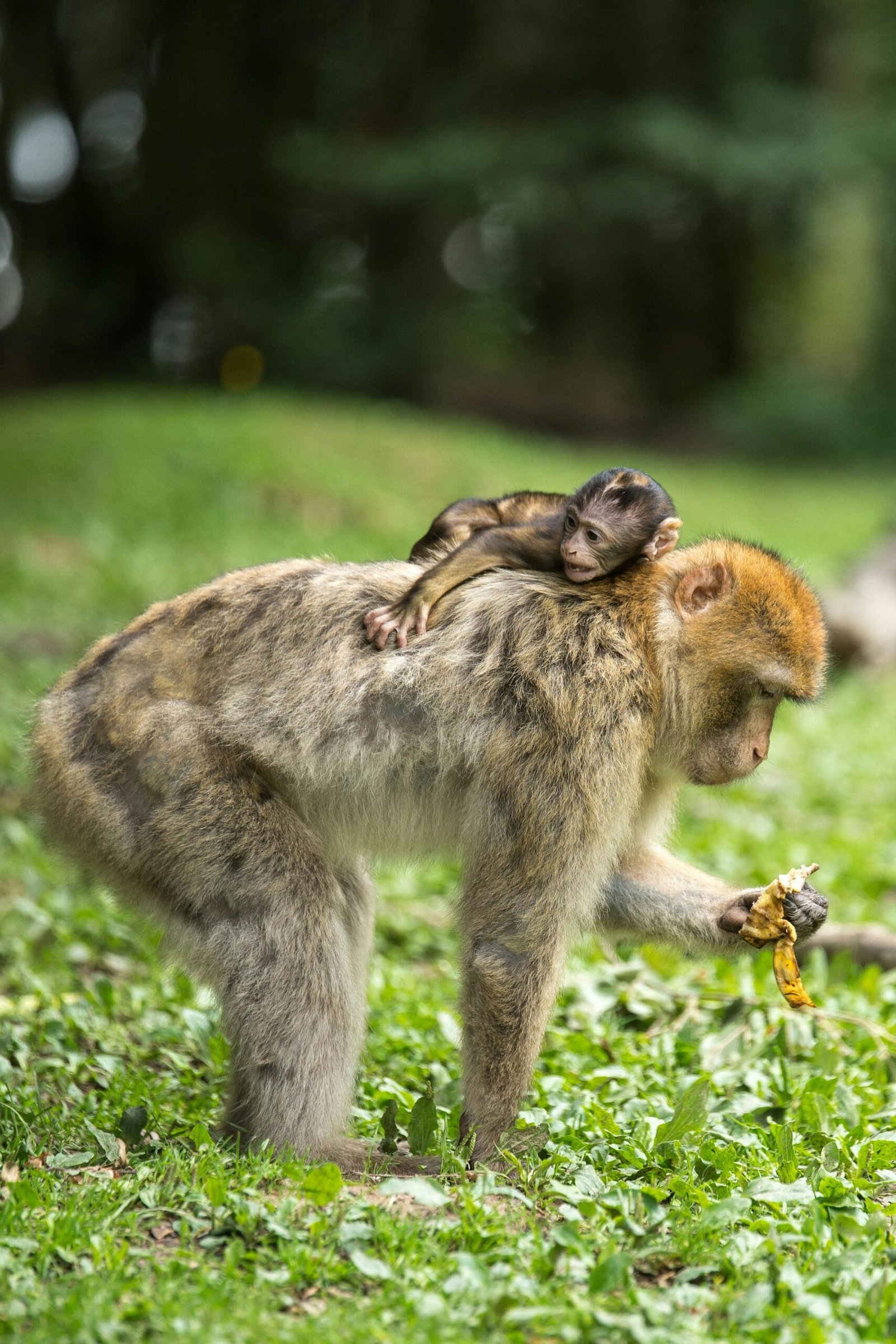The silverback gorilla, renowned for its size, strength, and leadership, is a majestic creature that commands respect in the animal kingdom. Let’s delve into the intricate details of what makes the silverback gorilla such a remarkable and awe-inspiring species, covering everything from its physical attributes to its role in gorilla society and conservation challenges it faces.
Physical Characteristics
Size and Weight:
Impressive Dimensions: Silverback gorillas are the largest members of their species, with adult males typically weighing between 300 to 400 pounds (135 to 180 kilograms).
Height: They stand tall at around 5 to 6 feet (1.5 to 1.8 meters) when standing upright, showcasing their imposing presence in their forest habitats.
Distinctive Appearance:
Silver Back: As male gorillas mature, they develop a striking silver-gray saddle-shaped patch on their backs, which gives them their name.
Muscular Build: Silverbacks exhibit a robust physique with strong arms and shoulders, adapted for both climbing trees and maintaining dominance within their troop.
Social Structure and Leadership
Troop Dynamics:
Family Units: Silverback gorillas lead cohesive family groups called troops, consisting of several females, their offspring, and occasionally subordinate males.
Leadership Role: The silverback plays a pivotal role in troop dynamics, making decisions about foraging locations, mediating conflicts, and protecting the group from external threats.
Behavior and Communication
Communication Methods: Vocalizations: Silverbacks communicate through a variety of vocalizations, including deep grunts, roars, and barks, which convey dominance, aggression, or contentment.
Physical Gestures: They also use body language, such as chest-beating displays and facial expressions, to assert dominance and maintain social order within their troop.
Social Bonds:
Grooming Rituals: Silverbacks participate in grooming sessions with other group members, fostering social bonds and reinforcing group cohesion.
Parental Care: They exhibit caring behaviors towards young gorillas, providing protection and guidance within their troop structure.
Conservation Challenges
Threats to Survival:
Habitat Loss: Deforestation and human encroachment threaten gorilla habitats, reducing their available food sources and increasing competition for resources.
Poaching: Illegal hunting for bushmeat and capture for illegal wildlife trade pose significant threats to gorilla populations, especially in regions with political instability.
Conservation Efforts:
Protected Areas: Establishing and managing protected areas and national parks are critical for preserving gorilla habitats and ensuring their long-term survival.
Community Engagement: Engaging local communities in conservation initiatives, promoting sustainable practices, and providing alternative livelihoods help mitigate human-wildlife conflicts and support gorilla conservation efforts.
Conclusion
The silverback gorilla epitomizes strength, resilience, and intelligence within its natural habitat. By understanding the unique characteristics and ecological importance of silverbacks and supporting conservation efforts, we can ensure a future where these magnificent creatures thrive in the wild for generations to come.



